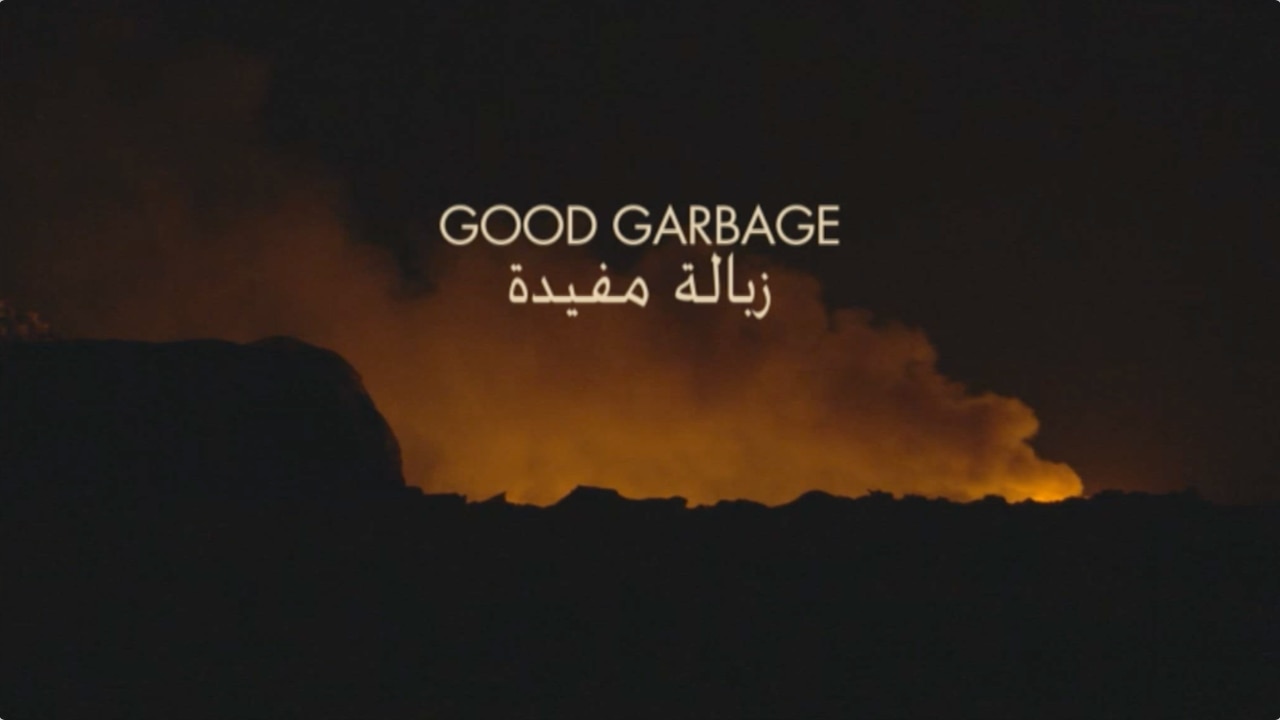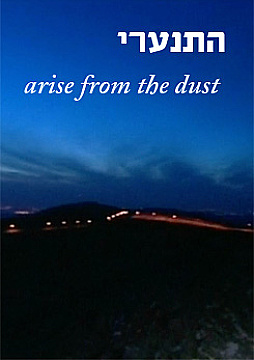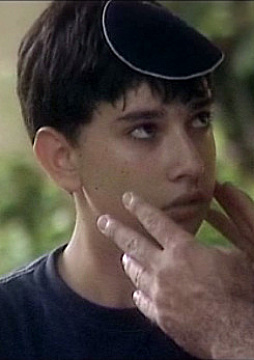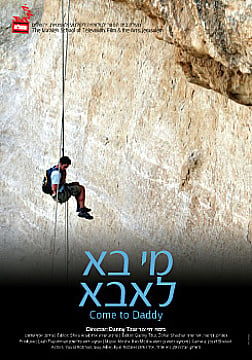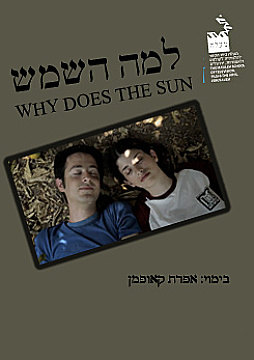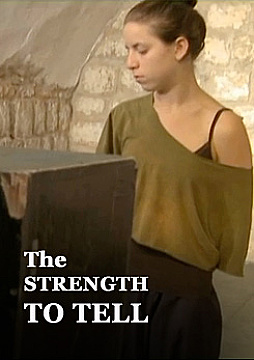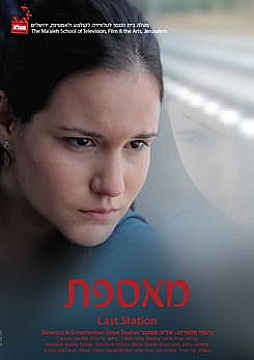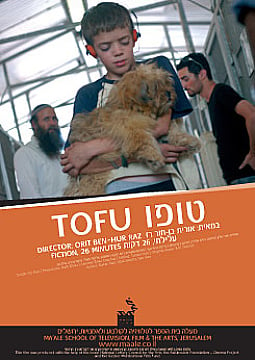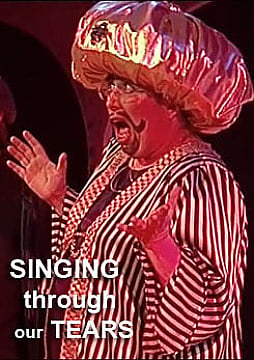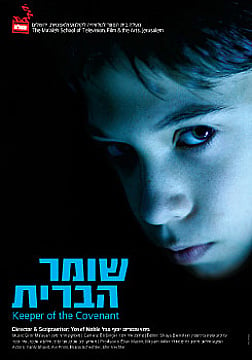Good Garbage
In the suburb of Yatta village near Hebron, in the heart of desolate rocky grounds, lies one of the biggest garbage dumps in the West Bank, which serves the district of Hebron and the settlements of Kiryat Arba, Havat Ma’on, Susia and Carmel. At dawn, and sometimes during the night too, a few dozens of Yatta’s inhabitants await the settlers’ garbage trucks. Most of them are children and teenagers between 9 and 16, who compete who will set upon the unloading trucks first and gather, among the dirt and stench, anything from coke cans to broken TVs, anything that has recyclable iron.
“The good garbage” is the one coming from Kiryat Arba: electrical appliances, like mixers, TV parts, refrigerators; even old clothes. Garbage trucks coming from Palestinian villages in the district of Hebron are usually not awarded with the same enthusiasm and are not treated at all by some. Sometimes trucks arrive at night too, and the children - awaiting them inside improvised tents made of clothes from the garbage dump - use the darkness to burn tires and extract the iron out, taking the risk that soldiers will show up and chase them.
During morning hours, children, youngsters and adults continue to arrive. Some descend the hills by foot after a two hours walking, others wander on donkeys or by cars. Those are the unemployed people of Yatta. Most of them are ex-laborers in Israel, whose entrance permits have been revoked due to wide limitations on entrance permits to Israel or due to criminal reasons, such as: involvement in car theft in Israel, selling firearms to the Tanzim and more. According to locals’ estimates, about 200 Palestinians from Yatta earn their living, barely and miserably, from “the garbage of the Jews”. A sort of improvised domestic retailing evolved around the garbage dump. The iron is sold to dealers in the village center, who in turn traffic it to a dealer in Ashkelon; but clothes and other objects are passed on to the women in the house, who wash them, fix them, and sell them cheaply. Eventually the iron may end up in China or somewhere else.
Within a radius of 2-3 km, between piles of garbage scattered on some hills, lies a violent instinctive world full of battles for subsistence, poverty, degradation, games of honor, along daily confrontations. When a truck arrives from the settlements, the violence grows. Children hang from the crane to rummage through the loader before it throws from above packs of wet black garbage, which cover those who are near the truck. Shoving, fighting, for every piece of iron.
Within this micro cosmos, a tangled system of weak and strong was formed, sometimes on a family basis, sometimes based on dependence relationships of adults against children.
The film unfolds the stories of Haron, 11 years old, Ibrahim, 17 years old, Yosef, 40 years old, and Bedawi, 60 years old, a representative mosaic of characters, revealing a routine of a personal and family war of existence in the reality of occupation. Their personal stories touch on the common pains of the occupation: the fate of a father with a child who sold land to Jews, a mother who was prevented from reuniting with her family in Jordan, a young son of a father serving a life sentence in an Israeli prison, and illiterate and hard-working parents, who are forced to encourage their children to work in the garbage dump, but at the same time dream of seeing them win for a matriculation certificate, in the hope that they will break the cycle of poverty. In Yata occupation is present every moment between the four walls of the house, even when the soldiers are only in the entrances of the village.
Watch a Q&A session between Michael Moore and co-director Shosh Shlam
Winner of Best Documentary in Magnolia film festival.
Winner of Best Cinematography, the Documentary Forum
Directors: Ada Ushpiz And Shoh Shlam
Cinematography: Danor Glazer
Editor: Bracha Zismann-cohen
Original Score: Ran Bagno
Item already added
plan of is already listed in your Cart!
Press Continue to replace the old plan.

